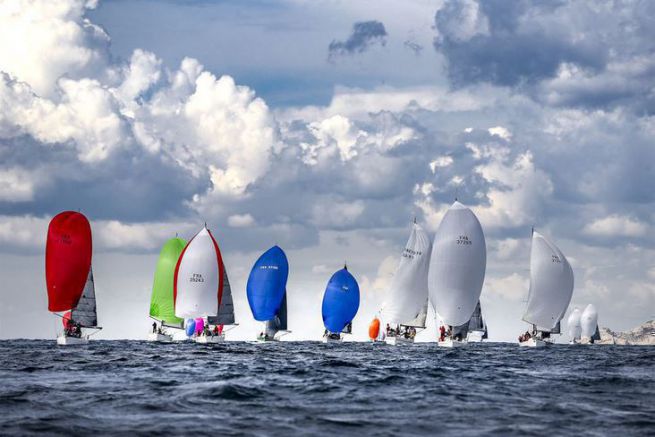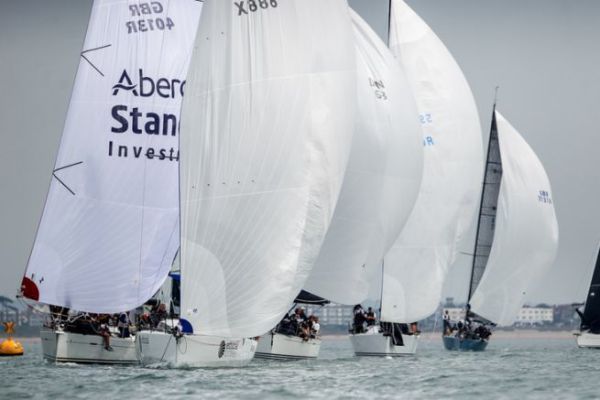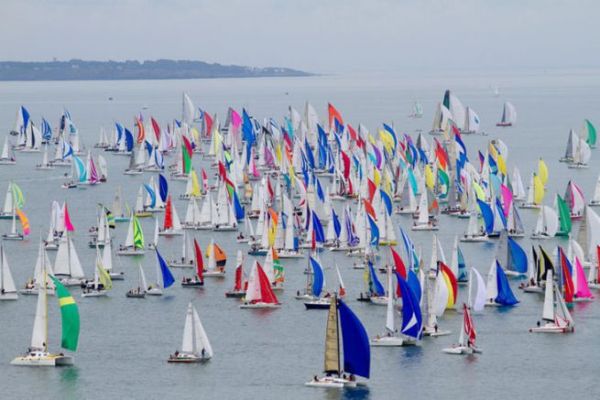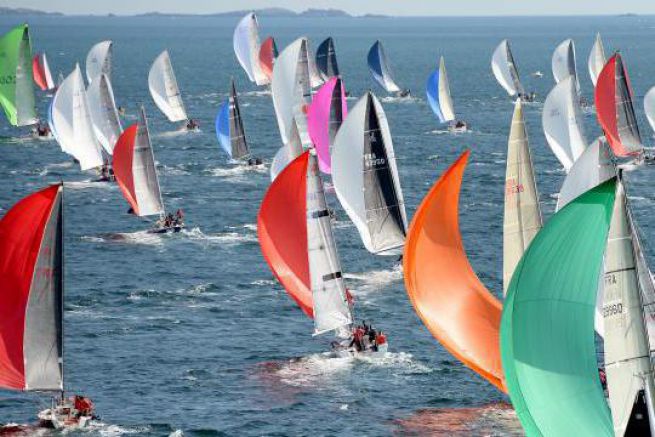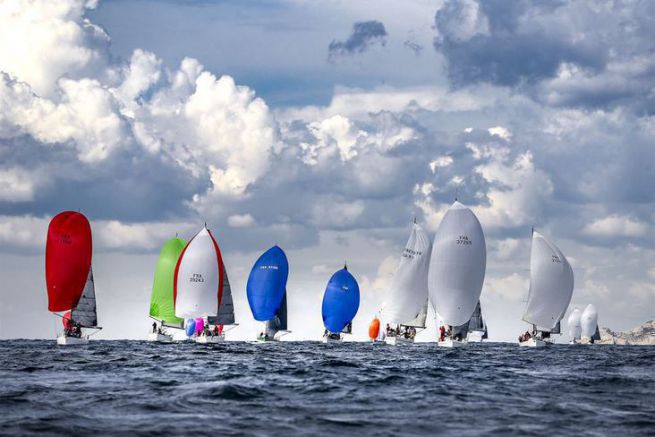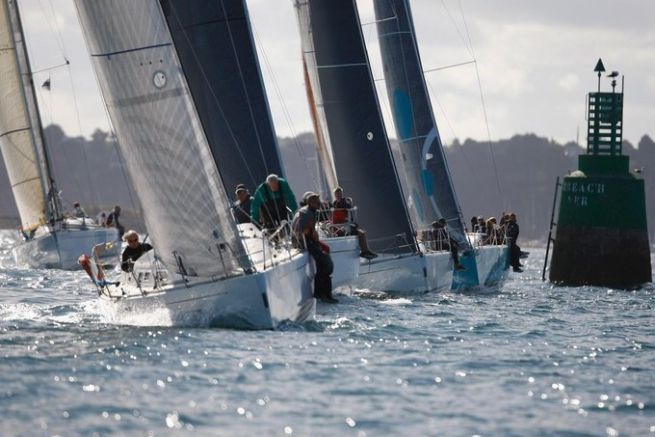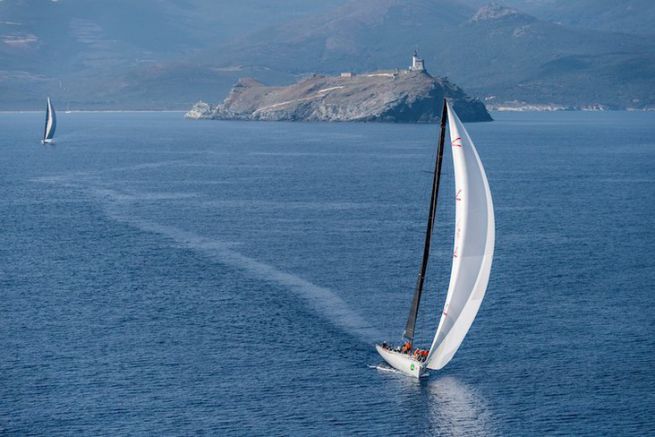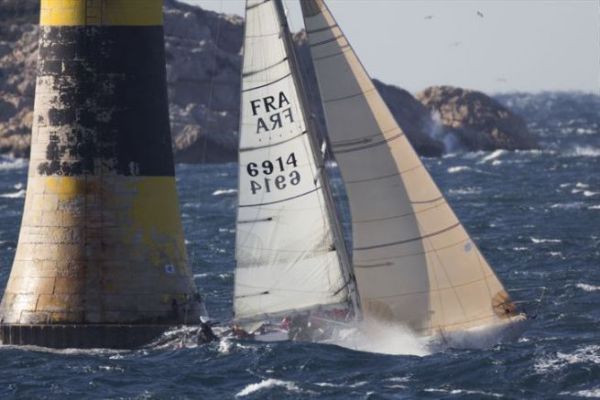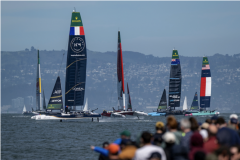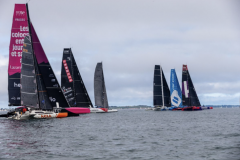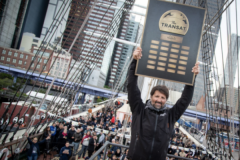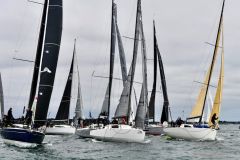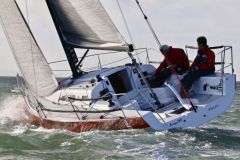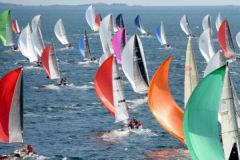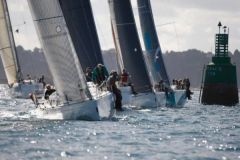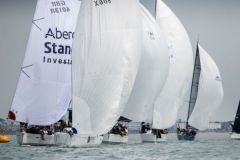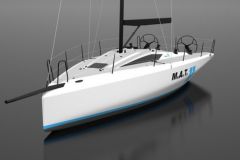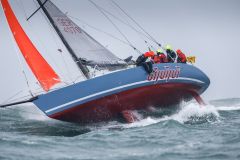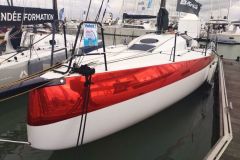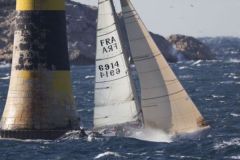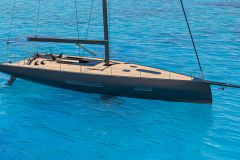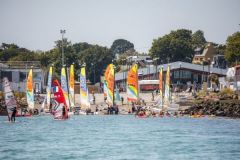A measurement certificate, mandatory for the regatta
Regatta is a fabulous sportâeuros! You learn to perfect your skills in many areas, such as boat handling, maneuvers, strategy and weather. You'll also discover the thrill of a fleet determined to tack with the buoy in the lead, the joy of surpassing yourself, the exhilaration of a foghorn at the finish... Whether itâ??s for a sausage or for the competition, what counts is the pleasure of being on the waterâeuros!
So, to race, you'll sign up for an event like the Tour du Finistère à la Voile or a club program with local winter training. There's a wide choice of more or less prestigious races in which you can take part with your boat.
Whatever the event, if you're not racing one-design boats, the organizers will ask you for a handicap measurement certificate when you register. The rules allow different boats to race together, by compensating the time of the slowest boats against the fastest: these are handicap rules.
Two systems are mainly used in France:
- OSIRIS (Organization of the Information System for Inter-Series Regattas)
- IRC (International Rule Club).
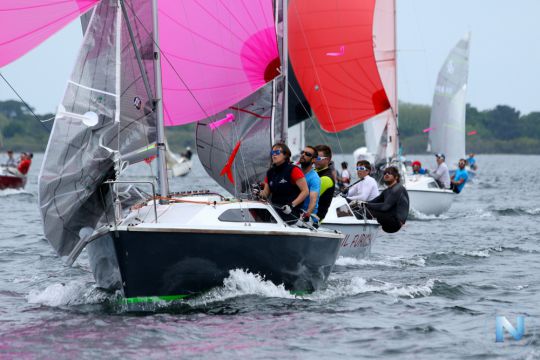
Why do you need a gauge?
Numerous factors, such as length, weight and sail area, have a direct influence on a boat's performance, irrespective of the crew. In 15 knots, a 20 m sailboat will always be faster than an 8 m sailboat, because theoretical speed is strongly dependent on waterline length.
Handicap gauges are therefore there to establish a balance between different boats, by compensating for performance criteria.
There are many different gauges around the world, but only a few have become established in regattas. If you decide to take part in a race where the fleet is heterogeneous, this will lead you to compete under one or other of the OSIRIS and IRC handicap gauges. Both are recognized by World Sailing (formerly Isaf).
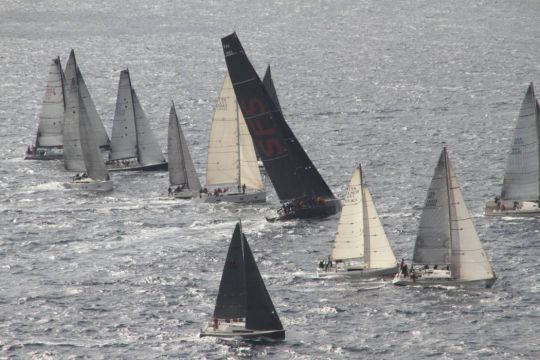
How did we arrive at two gaugesâeuros?
We're lucky, it could be worse! Around the world, in every country, every club can have its own gauge. In France, for example, the HN (ex-Osiris) was a national rule (among many others) that allowed yachtsmen to regatta occasionally and locally in their club.
These measurement systems had to be easily accessible, i.e. not too restrictive and economical (but not very reliable) to attract yachtsmen. They were mainly aimed at sailboat owners who find a regatta a good excuse to go sailing.
However, through the filter of globalization, certain so-called "scientific" gauges, essentially from the Anglo-Saxon culture, have managed to impose themselves, despite their complexity, and are now the benchmark.
These scientific gauges are mainly aimed at racers who are as sharp as their machines, as they are quite specialized and require a lot of measurements to be reported. However, their relevance makes them ideal for those who want to optimize their racing performance by customizing their boat.
Currently in France, there are two gauges that coexist in coherence:
- the IRC, of Anglo-Saxon origin, is managed in France by the UNCL (Union Nationale pour la Course au Large).
- the OSIRIS is of French origin, and is governed by the Fédération Française de Voile.
Historically, these gauges have competed with each other. They try to impose themselves by offering the best compensation system.

 /
/ 